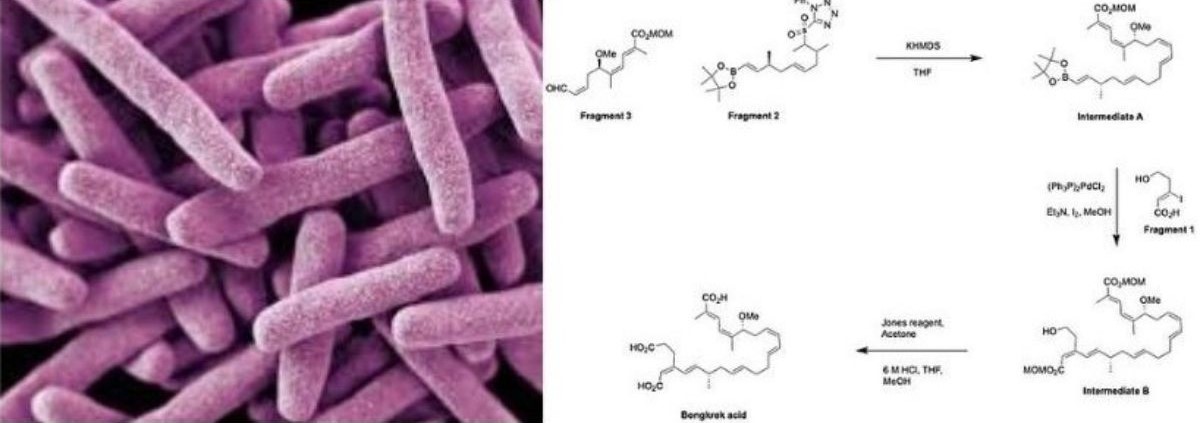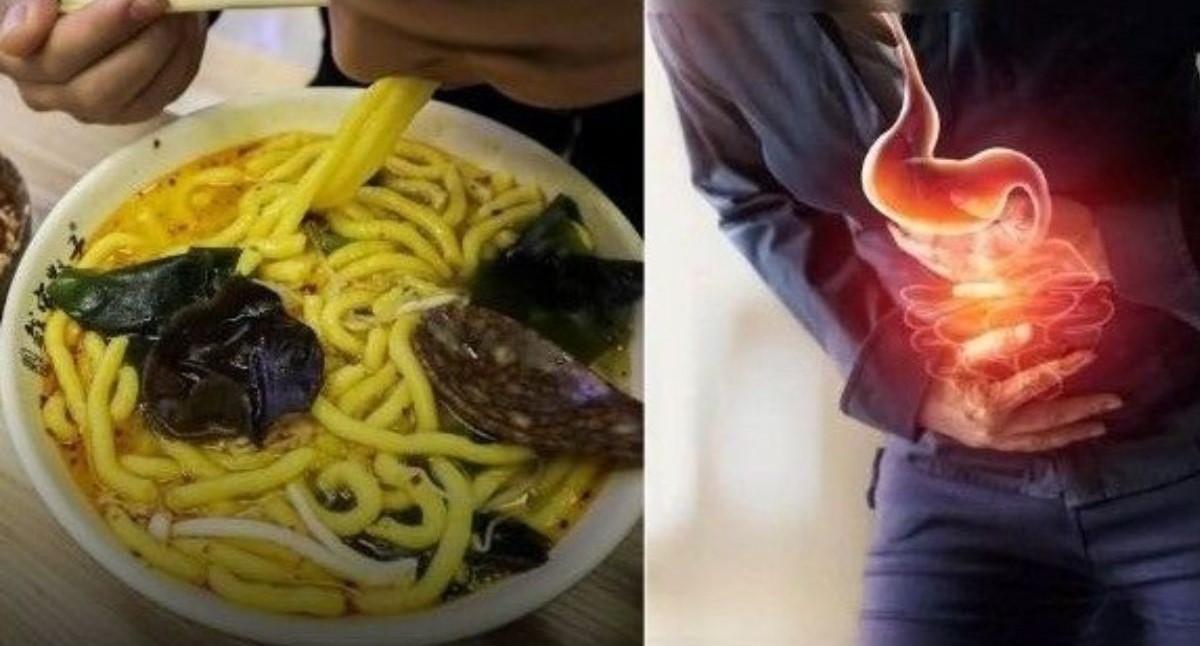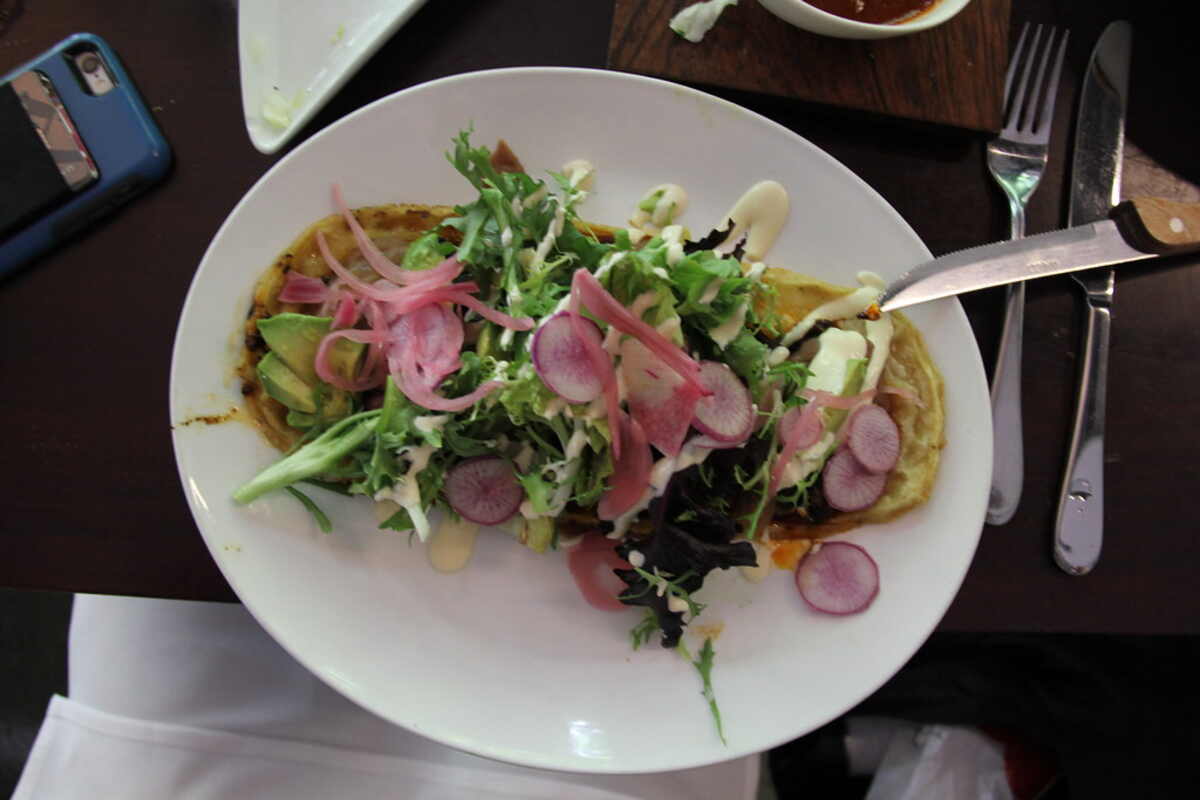Bongkrekic acid is a potent and rarely encountered toxin primarily associated with food poisoning outbreaks. Derived from the Burkholderia gladioli pathovar cocovenenans bacterium, this toxin poses severe health risks, particularly in fermented foods. Understanding the origins, effects, and prevention of bongkrekic acid contamination is crucial for mitigating its impact on public health. This article explores the nature of bongkrekic acid food poisoning, its effects on human health, and strategies for consumer protection.
What is Bongkrekic Acid?
Bongkrekic acid is a heat-stable toxin produced by the bacterium Burkholderia gladioli pathovar cocovenenans. This bacterium thrives in environments rich in fatty acids, such as those found in coconut and corn products. The toxin is notably produced under elevated temperatures, typically between 22 to 33 degrees Celsius and at a neutral pH. Bongkrekic acid food poisoning usually results from improper fermentation processes where the bacteria increase and produce the toxin.

How Did It Get into the Food?
Contamination often occurs in fermented food products such as wet noodles, tempe Bangkok, and corn flour. The bacteria responsible for bongkrekic acid are resistant to typical cooking temperatures, making the toxin challenging to eradicate through conventional food preparation methods. Furthermore, bongkrekic acid is both odorless and tasteless, complicating its detection in contaminated foods and ultimately led to Bongkrekic acid food poisoning.
Bongkrekic Acid Food Poisoning Effects
Bongkrekic acid exerts a profound effect on human health, primarily targeting the liver and kidneys. The toxin disrupts mitochondrial function, leading to compromised cellular energy production. Symptoms of bongkrekic acid food poisoning include:
- Lethargy: A significant decrease in energy levels.
- Dizziness and Drowsiness: Impairments in cognitive and physical functions.
- Abdominal Pain: Discomfort in the stomach area.
- Vomiting: An acute response to the toxin’s presence.
In severe cases, poisoning can escalate to liver failure and kidney injury, with mortality rates ranging from 40% to 100%. The rapid progression of the disease means that death can occur within one to twenty hours following the onset of symptoms.
How Can Consumers Protect Themselves?
Prevention Tips
-
Avoid Fermented Foods
Avoid locally produced fermented items, including wet noodles and press cake, especially in regions known for bongkrekic acid outbreaks.
-
Beware of Preservatives
Preservatives may mask signs of spoilage in fermented foods, such as bad taste or foul odor. Constantly scrutinize food products for any unusual characteristics.
-
Seek Immediate Medical Attention
If symptoms like abdominal pain, vomiting, or dizziness occur after consuming fermented foods, seek medical attention promptly.
Bongkrekic Acid Food Poisoning from Fermented Food
Bongkrekic acid has been identified in various fermented foods across regions such as China, Indonesia, and Mozambique. Essential products associated with poisoning include
- Fermented Rice Noodles: Commonly linked to cases of contamination.
- Tempe Bongkrek: A traditional Indonesian press cake is known for causing numerous poisoning incidents.
The toxin disrupts mitochondrial function, causing severe damage to vital organs. There is no known safe dose of bongkrekic acid, and the absence of sensory indicators makes it particularly hazardous.
The Whole Story
Bongkrekic acid is an obscure yet deadly toxin produced by Burkholderia gladioli pathovar cocovenenans. It is prevalent in foods subjected to inadequate fermentation conditions. The toxin remains active despite cooking and is undetectable without specific testing. Historically, Bongkrekic acid food poisoning have been linked to traditional foods in affected regions, such as Tempe Bangkok in Indonesia, which has led to numerous fatalities.
Mechanism of Toxicity
The mechanism of toxicity involves interference with mitochondrial function, which is crucial for cellular energy. Initial symptoms manifest as fatigue and gastrointestinal distress, while severe cases progress to organ failure and death. No antidote exists for bongkrekic acid food poisoning, emphasizing the importance of prevention through proper food handling and avoidance of high-risk fermented products.
Risky Food Items
Recent outbreaks have highlighted the dangers associated with certain food items:
-
Soaked Mushrooms
Silver ear fungus and black fungus, when soaked for extended periods, have been implicated in outbreaks.
-
Wet Rice Noodles
Prolonged storage at room temperature, particularly when combined with preservatives like sodium dehydroacetate, can lead to toxin production.
Clinical Characteristics of Bongkrekic Acid food Poisoning
| Patient | Gender | Age | Latency Period (Hours) | Course of Disease (Hours) | Symptoms | Liver Function (ALT) | Coagulation Function (PT) | Renal Function (CREA) | Imaging Findings |
|---|---|---|---|---|---|---|---|---|---|
| Initial Patient’s Husband | Male | 49 | 4 | 61 | Nausea, Vomiting, Fatigue | ALT: 22,640 U/L (Elevated) | PT: >120 sec (Prolonged) | CREA: 466 µmol/L (Elevated) | Liver diffuse lesions |
| Initial Patient | Female | 47 | 2 | 341 | Nausea, Abdominal Pain | ALT: 7,199 U/L (Elevated) | PT: 71.4 sec (Prolonged) | CREA: 213 µmol/L (Elevated) | Liver diffuse lesions |
- ALT (Alanine Aminotransferase): Elevated levels indicate liver damage.
- PT (Prothrombin Time): Prolonged PT suggests impaired blood clotting.
- CREA (Creatinine): Elevated levels indicate renal dysfunction.
This table provides a clearer view of the clinical characteristics of bongkrekic acid food poisoning, including laboratory and imaging findings.
Hygiene Practices for Prevention
Maintaining stringent hygiene and food storage practices is essential in preventing bongkrekic acid food poisoning.
-
Temperature Control
Keep high-risk foods refrigerated, mainly when they are to be stored for more than a day.
-
Proper Storage
Store-soaked mushrooms and wet rice noodles at appropriate temperatures to prevent bacterial growth.
-
Food Hygiene
Adhere to strict food hygiene standards to minimize the risk of contamination.
Treating Bongkrekic Acid Food Poisoning
Treating bongkrekic acid food poisoning requires immediate medical intervention. The primary approach involves supportive care to manage symptoms and prevent complications. This may include intravenous fluids, medications to control nausea and pain, and close monitoring of vital signs. If treatment is sought soon after ingestion, activated charcoal may be administered to limit further absorption of the toxin. In severe cases, hemodialysis might be necessary to remove the toxin from the bloodstream. Prompt treatment is crucial to improving outcomes and reducing the risk of serious health effects or fatalities.
Advice to the Trade and Public
Advice to the Trade
- Ensure proper packaging and refrigeration of wet rice noodles and similar products.
- Avoid prolonged delivery times and ensure products are stored correctly during transportation.
Advice to the Public
- Consume wet rice noodles and similar products within a day of purchase or refrigerate them immediately.
- Discard any food items with abnormal taste, odor, or appearance.
Conclusion
Bongkrekic acid remains a significant but preventable health hazard of certain fermented foods. Awareness and vigilance in food handling and consumption can mitigate the risk of Bongkrekic acid food poisoning. Individuals can protect themselves from this dangerous toxin by adhering to recommended practices and staying informed about potential dangers.








